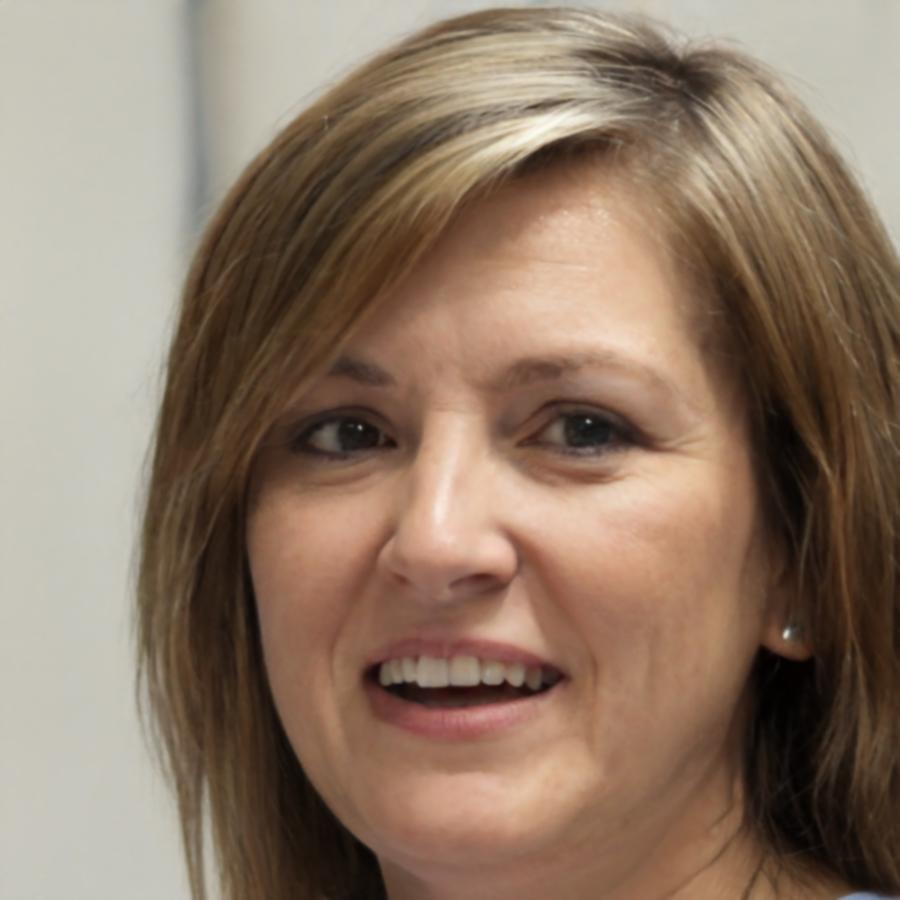Maya Chen
Investment Analyst, Regional PE Fund
I went through the 2024 program while working full-time in Bangkok. The case studies used companies I could actually research, not hypothetical businesses from American textbooks. Three months after finishing, I led my first solo valuation for a potential acquisition. My managing director asked how I got comfortable with the sector analysis so quickly. This course is why.



